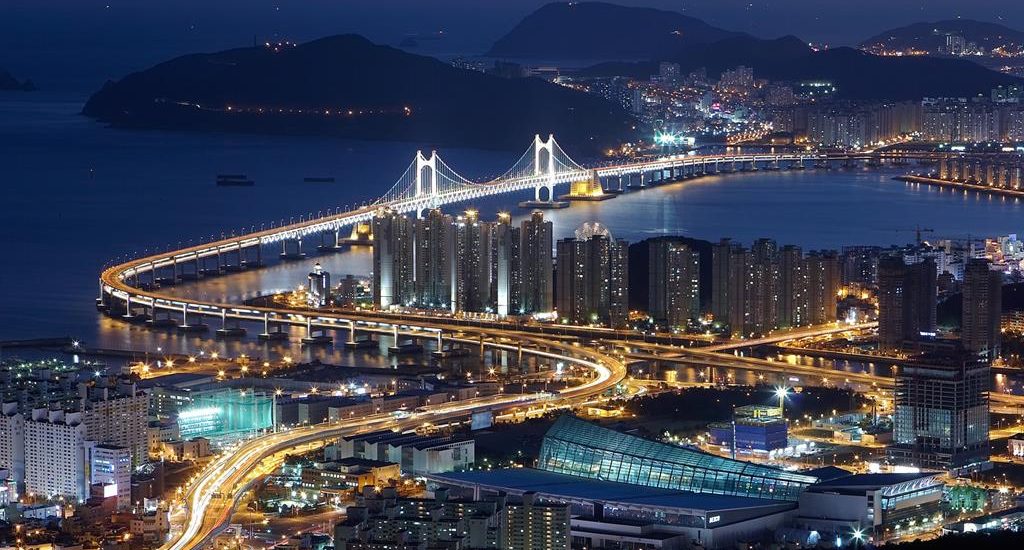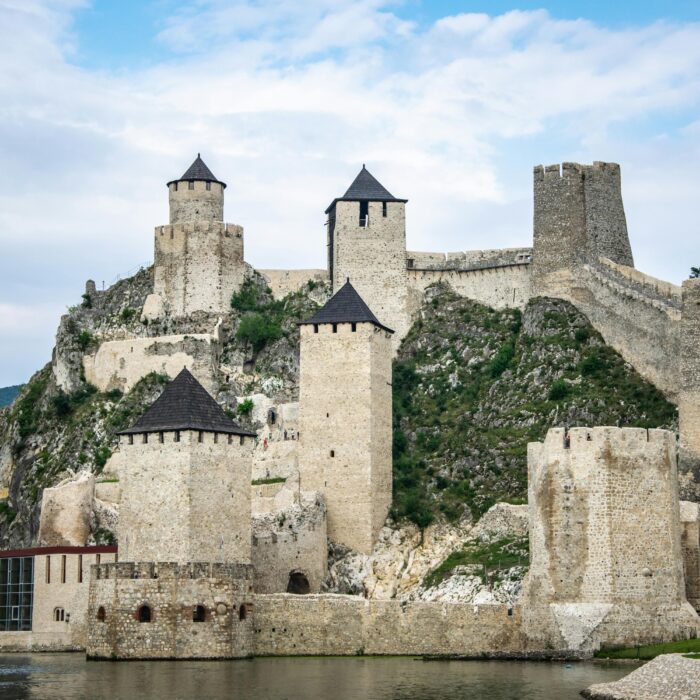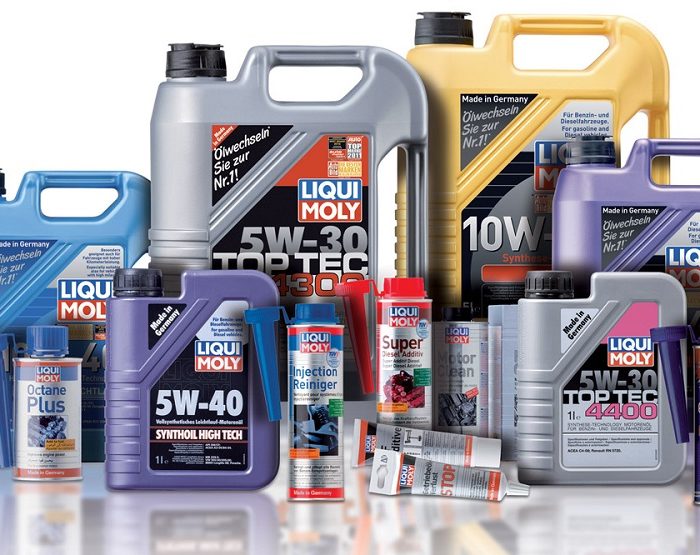Planning to explore South Korea at your own pace? Renting a car in South Korea offers unparalleled freedom to discover hidden gems, cultural treasures, and breathtaking landscapes. This comprehensive guide covers everything from driving requirements to must-visit destinations, ensuring your Korean road trip becomes an unforgettable adventure.
Before embarking on your South Korean driving adventure, consider these essential questions:
- What documents and requirements are needed for car rental in South Korea?
- How does car insurance work for foreign drivers in South Korea?
- What are the best booking strategies for foreigners renting cars online?
- Which navigation apps work best for driving in South Korea?
Continue reading for expert tips on safe driving, cost-effective rentals, and maximizing your Korean road trip experience.
South Korea’s Road Infrastructure: What Foreign Drivers Need to Know
South Korea boasts world-class road infrastructure that rivals developed Western nations. Thanks to the country’s compact size, you can reach any destination within 4-5 hours from Seoul, making it perfect for road trips.
Highway System and Tolls
- Highway Quality: Exceptional asphalt quality throughout the country, comparable to American interstate systems
- Toll Costs: Most highways are toll roads costing 6-20 EUR (KRW 7,600-27,000)
- Additional Charges: Toll bridges and tunnels may incur separate fees
- Signage: Road signs feature both Korean and English text
Speed Limits and Driving Rules
- Highway Speed: Maximum 100 km/h, minimum 50 km/h
- Rural Roads: Maximum 80 km/h
- Traffic Side: Right-hand driving (same as US and most of Europe)
- Traffic Lights: Uniquely positioned at ground level
Safety Features and Monitoring
- Surveillance: Extensive camera and radar network throughout the country
- Emergency Alerts: Red-blue emergency lights on roadside stakes warn of accidents or traffic jams ahead
- Safety Measures: Red stripes across roads prevent excessive downhill speeds
- Crossing Warnings: White diamonds on asphalt indicate upcoming intersections

The Korean automotive landscape is dominated by domestic brands including Kia, Daewoo, Hyundai, and SsangYong, though you may occasionally encounter unique vehicles like two-wheel tractors in rural areas.
Essential Traffic Rules and Regulations for Foreign Drivers
Understanding and following South Korean traffic laws is crucial for a safe and legal driving experience. Here are the key regulations:
- Mandatory Seatbelts: All passengers (front and rear) must wear seatbelts – no exceptions
- Mobile Phone Use: Strictly prohibited while driving; hands-free systems are required
- Drunk Driving: Zero tolerance policy with severe penalties
- Headlight Usage: Dipped beam lights required during poor visibility conditions and nighttime driving
- Window Tinting: Permitted on all windows, including front windshields
Fuel, Parking, and Roadside Services in South Korea
Fuel Types and Vehicle Registration Statistics
South Korea’s vehicle fleet is diverse in terms of fuel types. Recent registration data shows the following distribution:
- Gasoline: Most popular for private vehicles (approximately 1.6 million registered vehicles)
- Diesel: Common for commercial and larger vehicles (around 900,000 registered)
- LPG: Significant portion of public transportation and taxis (approximately 400,000)
- Hybrid and Electric: Growing segment with government incentives supporting adoption
Gas Station Services and Amenities
- Full Service: Attendants available to fill your tank upon request
- Payment Options: Credit cards accepted universally
- Rest Areas: Comprehensive facilities including clean restrooms (Western and traditional Asian styles)
- Dining: Fast food and restaurants, with fresh seafood prepared on-site
- Accessibility: Free baby strollers and wheelchairs available
Parking Costs and Availability
- Seoul Parking Scarcity: Very limited free parking options in the capital
- Hourly Rates: Approximately KRW 5,000 (3.5 EUR) per hour
- Daily Parking: KRW 35,000-40,000 (up to 30 EUR) for full-day parking
- Infrastructure: Over 1.5 million parking facilities nationwide
Road Maintenance and Work Zones
- Cleanliness: Highways maintained free from debris and fallen leaves
- Work Zone Speed: Reduced to 30-40 km/h during construction
- Safety Robots: Illuminated mannequins in work uniforms signal active construction zones

Speed Limits:
30 – 80 kph urban
60 – 80 kph rural
80 – 120 kph motorways
Wear seat belts is compulsory for front and rear seat passengers (fines up to KRW 30.000)
Rush Hour – 7-9 am / 4-7 pm
Drive on the Right
Blood Alcohol Content is 0.05% BAC
Required Documents:
Driving License
International driving permit
Passport
Registration documents
Insurance Documents
Min age – 18 to drive and 21 to rent a car
Emergency call – 119
Fuel:
KRW 1490.63 – Unleaded
KRW 1281.56 – Diesel
Speed Camera – Fixed
Phone – Hands-free kit only
Navigation Solutions for Driving in South Korea
Navigation in South Korea requires special preparation, as most international GPS systems lack comprehensive Korean maps.
Navigation App Limitations
- Incompatible Systems: TomTom, iGo, Sygic, Navitel, and Garmin lack Korean maps
- Limited Offline Options: Galileo and OpenStreetMaps offer maps but no voice guidance
Recommended Navigation Solutions
- Korean App Store: Create an account and browse the “Navigation” section for local apps
- Internet Connectivity: Most Korean navigation apps require data connection; SIM cards available at airports
- Address System: Korean addresses work efficiently – most locations findable by destination address
- Phone Number Navigation: Unique feature allowing navigation via business phone numbers
GPS Coordinate Conversion
- Format Compatibility: Traditional decimal GPS coordinates may not work with Korean systems
- Recommended Tool: Use map.daum.net instead of Google Maps for better Korean integration
- 3D Street View: Daum maps provide detailed panoramic views for route planning
Car Rental Requirements and Process in South Korea
Basic Requirements for All Renters
- International Driving Permit: Mandatory for all foreign tourists
- Age Requirement: Minimum 21 years old
- Driving Experience: At least 1 year of valid driving experience
- Required Documents: Valid driving license, credit card, and passport for ID verification
Special Vehicle Requirements (SUV/RV/Minibus)
- Enhanced Age Requirement: Must be at least 26 years old
- Extended Experience: Minimum 3 years of driving experience
Available Rental Locations
- Ansan, Anyang, Busan, Cheonan City, Daejeon
- Goyang, Incheon, Namyangju, Seoul, Suwon, Uijeongbu
Insurance Coverage and Additional Drivers
- Included Coverage: Comprehensive car insurance included in base rental price
- Additional Protection: Damage coverage must be purchased separately from rental agency
- Additional Drivers: Must be registered with valid license; first additional driver typically free
- Repair Penalties: Without damage coverage, pay 50% of daily rate during repair period
Best Booking Platforms
- Jetcost: Compare thousands of offers across various vehicle classes
- RentalCars24h.com: Reliable service with Incheon Airport coverage
- Airport Services: Large rental agencies operate 24/7 at major airports
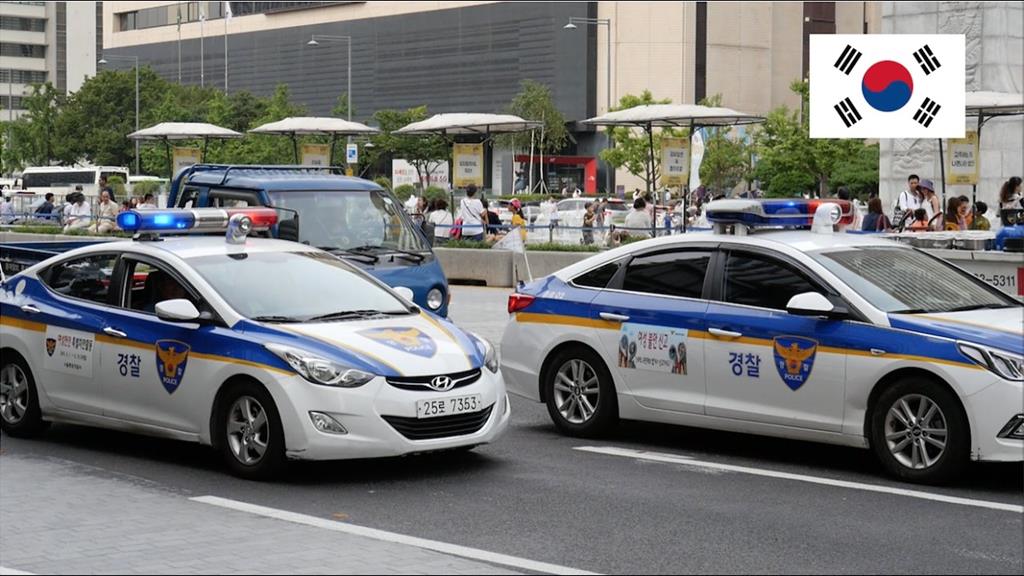
Major Car Rental Companies in South Korea
AJ Rent-a-car
- Contact: +82-2-1544-1600 (Press 7 for English support)
- Coverage: Major Korean cities with some regional limitations
Lotte Rent-a-car
- Contact: +82-1588-1230 (Press 8 for English support)
- Online Booking:
- Korean: https://www.lotterentacar.net/kor/main/index.do
- English: https://www.lotterentacar.net/eng/main/index.do
- Coverage: Major Korean cities with regional exceptions
SIXT Rent-a-car
- Contact: +82-2-1588-3373 (Press 5 for English support)
- Websites: www.sixt.co.kr (Korean), www.sixt.com (English)
- Coverage: Major Korean cities with some regional limitations
Jeju Province Car Rental Association
- Contact: +82-64-746-2294 (Korean only)
- Service Area: Jeju Province exclusively
- Booking Note: Phone booking unavailable for foreigners; rent directly at airport counter
Top Destinations to Explore with Your Rental Car
A rental car opens up South Korea’s diverse attractions, from ancient temples to natural wonders. Here are must-visit destinations perfect for road trips:
Historical and Cultural Sites
- Bulguksa Temple: 6th-century Buddhist masterpiece featuring stunning bridges, stone steps, and sculptures, plus the legendary Seokguram Grotto with its giant Buddha statue
- Changdeokgung Palace: 15th-century royal residence with the beautiful Huwon Secret Garden, once a private retreat for Korean kings
- Tumuli Park: Ancient burial mounds near Seoul showcasing Korea’s rich archaeological heritage amid beautiful natural surroundings
Natural Attractions and Parks
- Seoraksan National Park: Premier destination for nature lovers offering pristine mountain scenery, hiking trails, and peaceful bird watching opportunities
- Namsan Tower Area: Central Seoul’s iconic tower surrounded by beautiful parkland and city views
Wellness and Recreation
- Haeundae Thermal Springs: Natural hot springs containing trace amounts of radium, renowned for their therapeutic properties and healing benefits
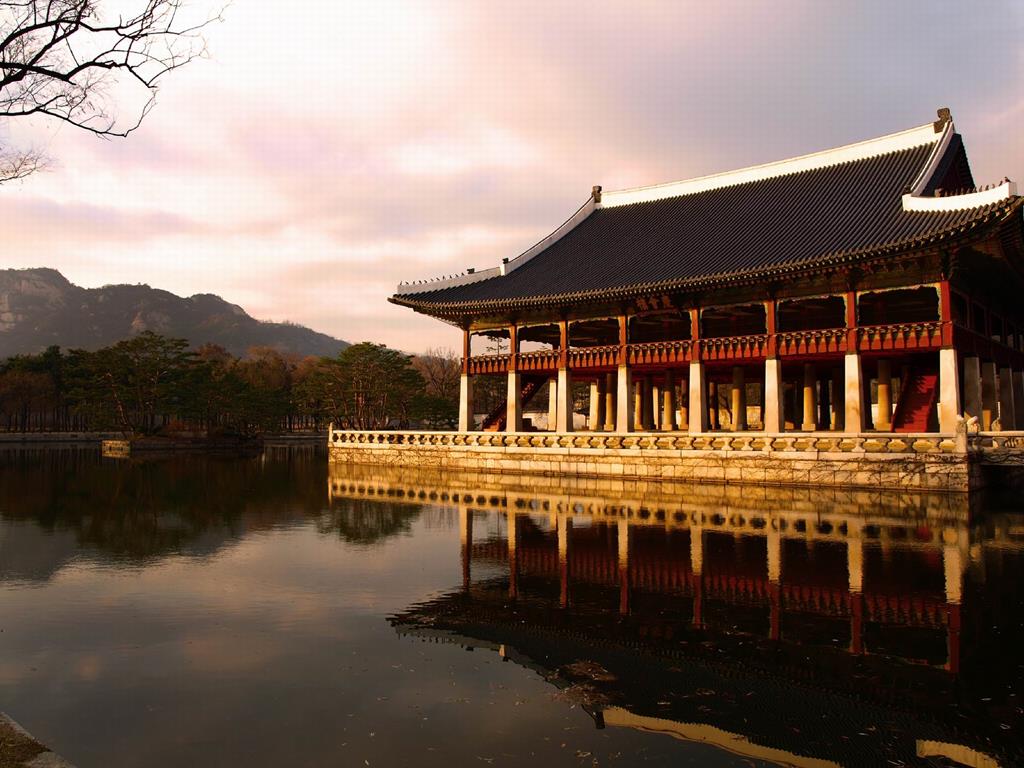
Conclusion: Your South Korean Road Trip Adventure Awaits
Renting a car in South Korea transforms your travel experience from ordinary sightseeing to an immersive cultural adventure. With excellent infrastructure, clear regulations, and countless destinations within easy reach, South Korea offers one of Asia’s best road trip experiences.
From ancient temples and royal palaces to national parks and therapeutic hot springs, your rental car provides the freedom to discover South Korea’s hidden treasures at your own pace. The combination of modern amenities, comprehensive road networks, and unique cultural experiences makes driving in South Korea both practical and memorable.
Ready to start planning your Korean road trip? If you need an international driving license, apply here for quick processing. Our International Driving License ensures you’ll be understood and legally authorized to drive anywhere in the world, giving you the confidence to explore South Korea’s amazing landscapes and cultural heritage with complete peace of mind.

Published January 19, 2018 • 8m to read

